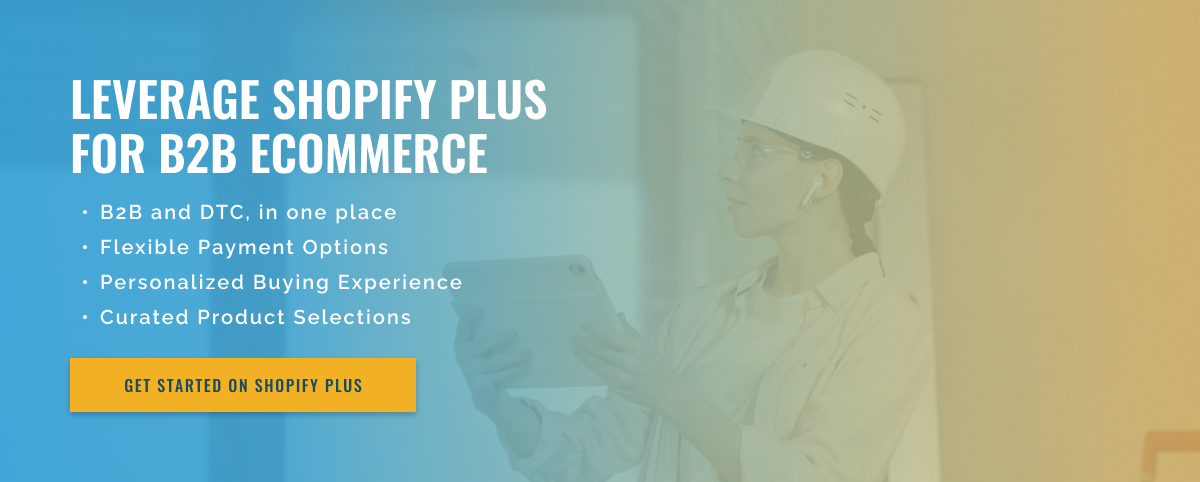3 minute read
Transform B2B Sales: A 8-Step Guide to Migrating to Shopify
In today’s digital landscape, businesses are constantly evolving to keep up with new trends and technologies. A significant change that can be observed in recent years is the transition from traditional B2B sales models to digital eCommerce platforms. More and more companies are using platforms like Shopify to optimize their sales process and connect with customers more efficiently and effectively. If you’re considering migrating your traditional B2B sales model to a Shopify-powered digital platform, here are the steps to make the transition.
1. Assess your current sales model: Before making any changes, it is important to evaluate your current B2B sales model. This will help you identify the platform’s strengths and weaknesses and explain why a digital platform would be beneficial to your business. It also provides a basis for measuring migration success.
2. Choose the right Shopify plan: Shopify offers a variety of plans, including Basic, Standard, and Advanced, with different feature levels and prices. Analyze your business needs and choose the plan that best suits your needs and budget.
3. Set up your Shopify account: Once you’ve chosen your plan, you can start setting up your Shopify account. To do this, you need to log in, choose a name for your store, and customize the look and layout of your store.
4. Import your products: The next step is to import your products into the Shopify platform. You can do this manually or use the apps and tools available on Shopify to bulk import products.
5. Set B2B prices: One of the key features of the B2B sales model is the ability to offer different price levels to different customers. With Shopify, you can set up customer groups and create individual pricing for each group to ensure your B2B customers receive special prices.
6. Set up payment and shipping options: Shopify makes it easy to set up payment and shipping options for your customers. You can also offer different payment methods and provide calculated shipping costs based on the weight and destination of the order.
7. Integration with B2B applications: Shopify offers a wide range of integration applications, including B2B-specific applications that can improve the B2B sales experience. These apps can help you manage customers, fulfill orders, and optimize the customer journey.
8. Train your team: As with any new system, it’s important to train your team on how to use the Shopify platform. This ensures a smooth transition and helps you understand new processes.

